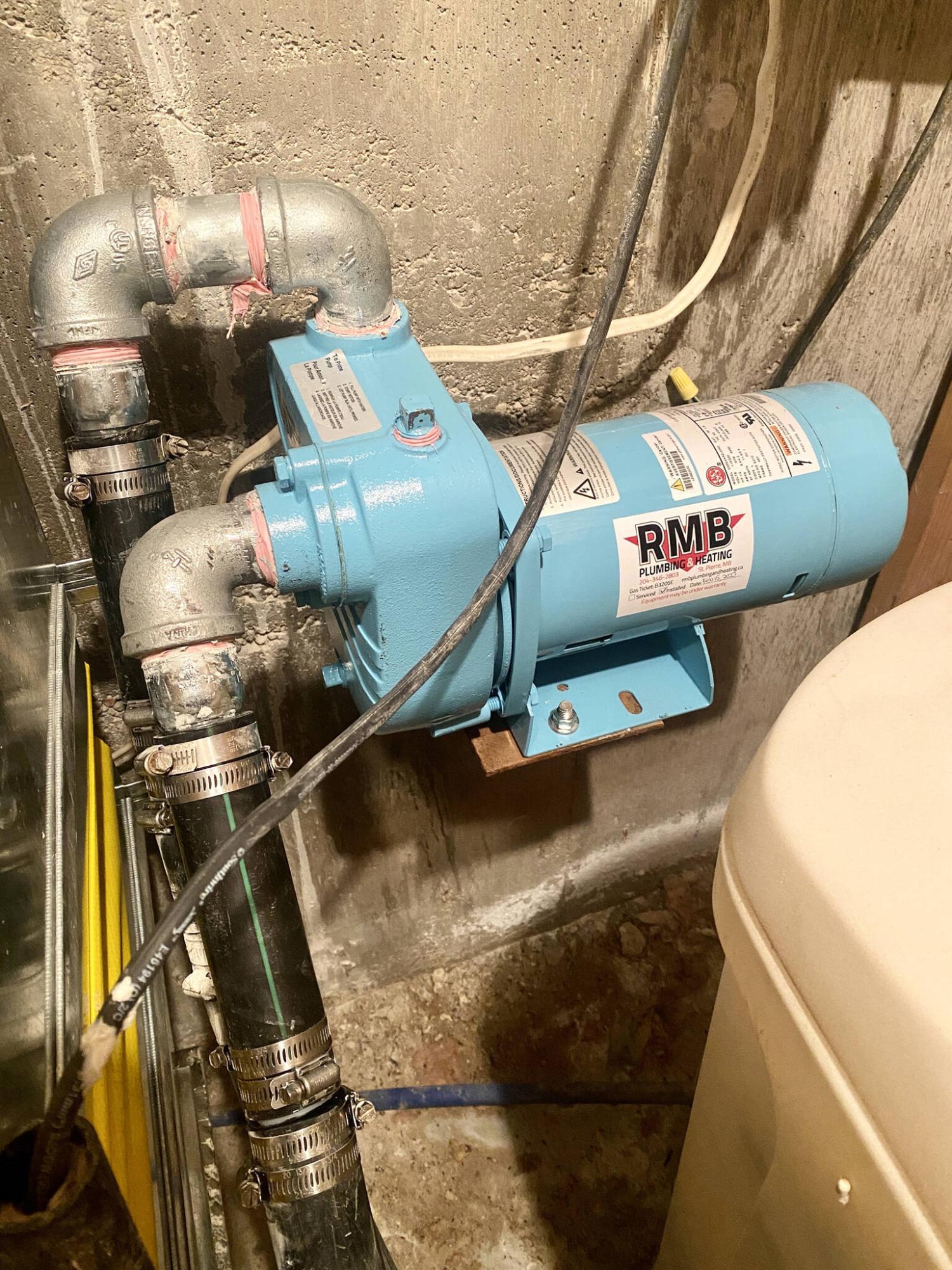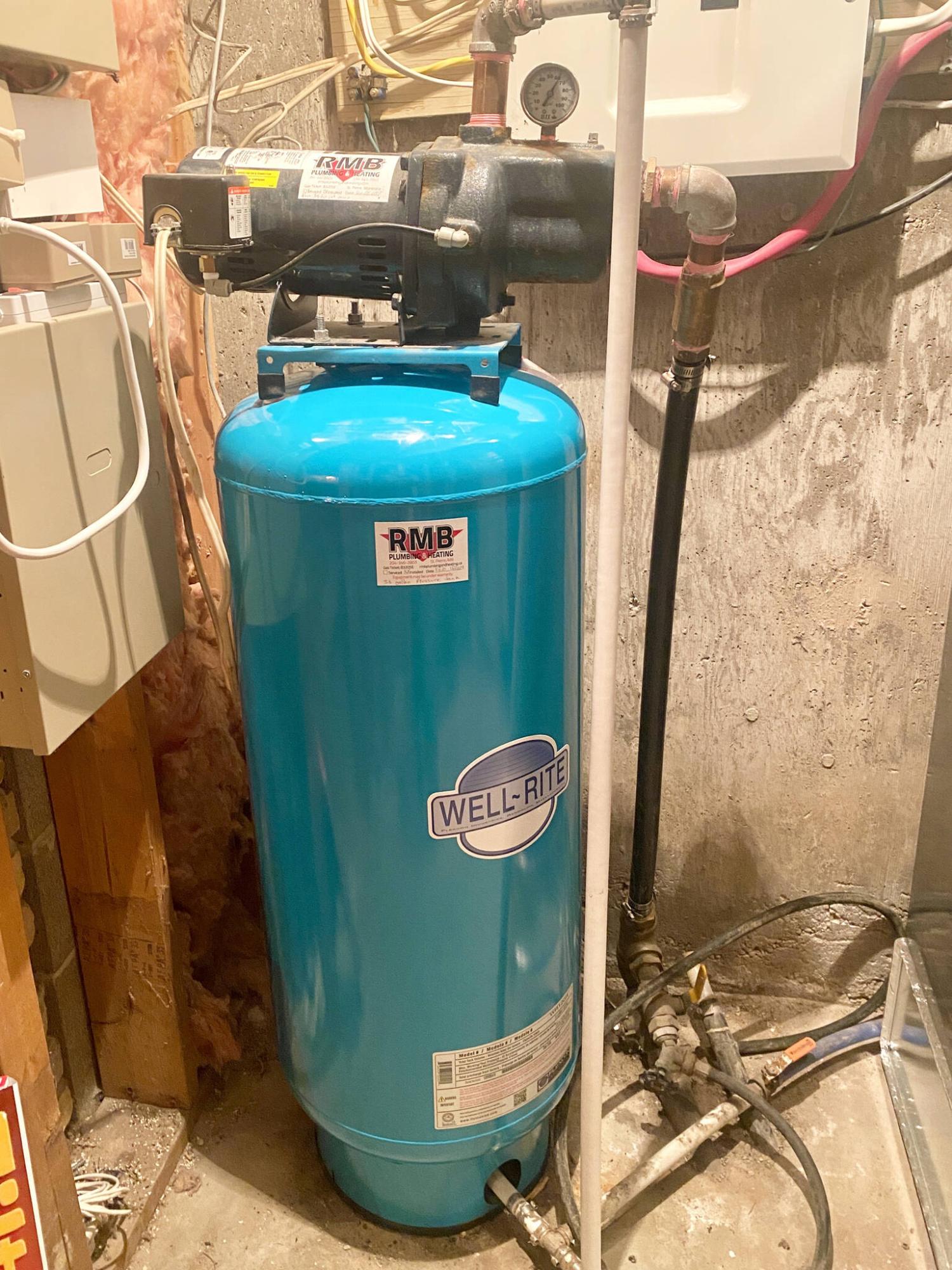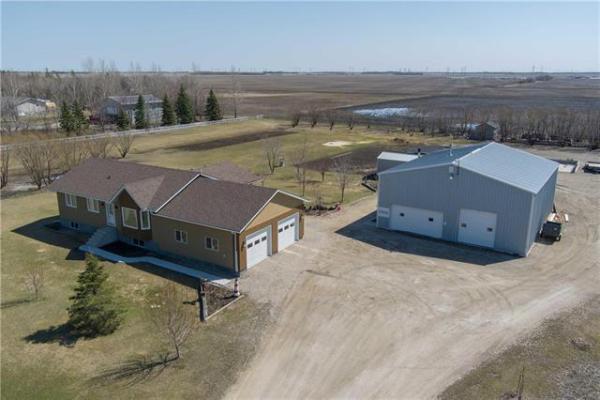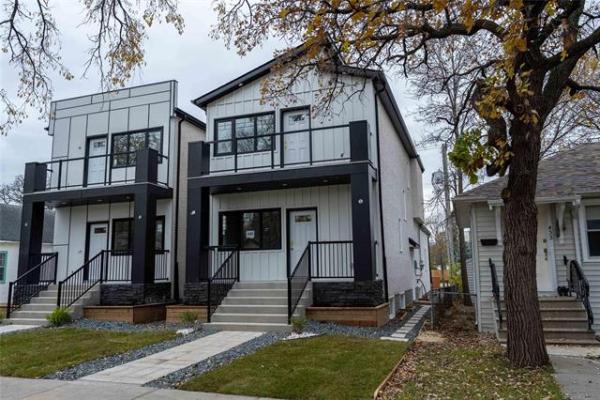
Photos by Marc LaBossiere / Winnipeg Free Press
The new half—horsepower septic pump was mounted on the old bracket, attached to new fittings for the in and out-flow of the septic system.

While on site, a pressure test of the old 20-gallon tank revealed imminent failure resulting in a 33-gallon tank upgrade that restores the water feed system throughout the house to maximum potential.
All houses make noises. After a while, they can become the familiar and somewhat comforting sounds to which we become accustomed, and subconsciously welcome on a daily basis. The furnace kicking on, the fridge during the cooling cycle, the dishwasher swooshing and washing machine bumping. Since my city-boy conversion to country, there are other noises I had to get used to — the water pressure tank pump that kicks on once the pressure needs replenishing, as well as the septic pump as tank level gets full. But what about the noises that aren’t as familiar, and seem strange?
Having a working knowledge of the various services in the house can be advantageous, because the subtle noises they make become more noticeable if and when these noises begin to change. This past week, it began audibly apparent that the septic pump seemed different, even noisier than usual. A change in sounds can be a precursor to something bad, possibly a full-on services failure. Rather than the low-frequency drone I was used to upon start-up, the septic pump now began with a low-to-high pitch wheeze, and ticked erratically as it was running. For a couple of days, this change heightened my awareness, and forced me to hone in on each time the septic pump kicked on — there definitely was something “different” about it, and different usually means bad things to come.
As such, a call to my local plumbing company, RMB Plumbing in St. Pierre resulted in a hastened visit and impending septic pump replacement. While discussing the issue over the phone as the appointment was being confirmed, the RMB representative mentioned that septic pumps usually last for roughly 10 to 12 years. Low and behold, my pump was well into its 11th year, and apparently living on borrowed time – rather than waiting for a full-on failure, it was clearly a good idea to address the replacement as soon as possible in an effort of avoiding any household disruption.
The RMB crew arrived promptly, and the servicing began immediately. The old pump was removed (along with the existing fittings that had apparently fused to the old pump housing), and the new half-horsepower pump was promptly mounted on the existing bracket. The in and out-flow connections were attached to the septic feeds using new galvanized fittings. Once in place, the pump was primed and tested. And of course, it ran like charm, reuniting my ears with the familiar sound that had been missing for a few days, possibly weeks.
While on site, I had asked the crew to also check upon my water pressure tank – on a rural property, water is often sourced from a well. In my case, the water comes from an artisan well several hundred feet deep. Although the well provides a flow-rate of roughly 10 gallons per minute at the well head, it is still necessary to have water pump as part of the water system in the house, to ensure constant water pressure throughout the house. As such, the water pressure tank and pump are integral to the performance of a rural water system, where no municipal water supply is offered.
My water pressure had also been waning of late – upon checking the pressure tank, it was determined that the rubber bladder within must have begun to fail, as the pressure was not being held for very long. In turn, the water pump was then having to kick on much more often than desired, potentially shortening the water pump’s lifespan. Fortunately, the RMB crew was able to confirm that a new pressure tank was available, and could be delivered on-site and installed later that same day. Knowing full well that a water feed issue would create as much of a hardship as a septic pump failure, I took full advantage of this and gave them the go-ahead to include water pressure tank installation as well.
Once the new water pressure tank arrived, we noticed a service sticker on the old 20-gallon tank that indicated it had already outlived its life expectancy by a couple of years – no wonder it had begun to falter. The water pump had been changed out within the past five years, but not the pressure tank. No matter, the new 33-gallon tank replacement was installed, and the water-feed system was tested. Unlike the familiarity of the septic pump noises as it runs, and even the water pump for that matter, the pressure tank itself does not make any defining noises. The only change would have been an increase in frequency as to when the water pump kicks on – that issue would have been much harder to detect. It just felt so good to have “caught” both these issues before they truly became severe.
The night following the septic pump and water pressure tank replacements allowed me to sleep, for the first time in a few days. It amazed me how comforting the audible status quo could be, and how little I had consciously paid attention to the numerous noises that derive from my home’s amenities. Things truly felt odd the moment an anticipated house-sound had begun to change. Luckily, I had the wherewithal to act upon it, and a septic pump failure was averted simply because I listened to the little voice that told me something sounded different. I suppose that’s the lesson – never dismiss the unfamiliar bumps in the night, because a preemptive services fix far outweighs a failure, that often leads to an emergent scenario. Pay attention and listen to your house, ‘cuz sometimes it’s truly trying to tell you something important.
RenoBoss.Inc@outlook.com



